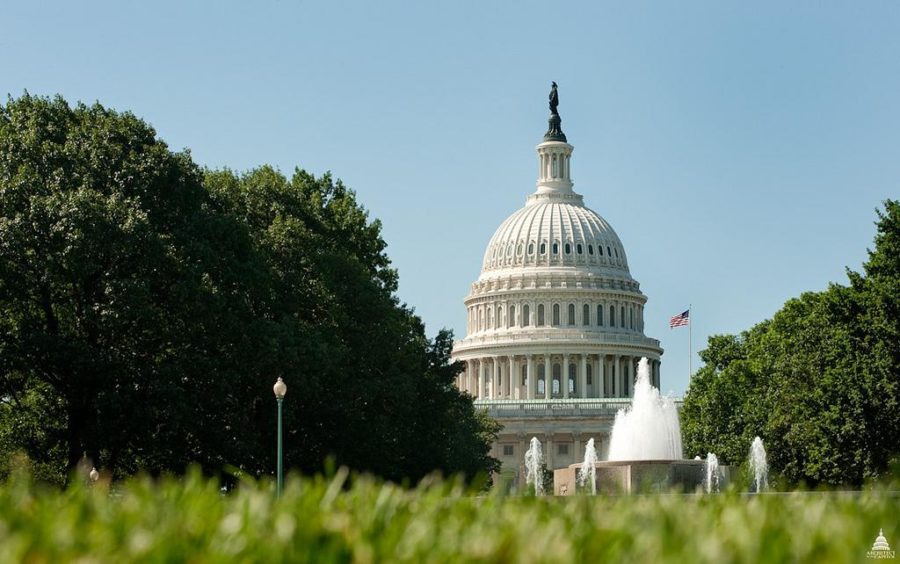Senate seats subject to big change
The Senate is set to shake up on election day. Right now the Senate is set at 53-45-2, but is likely to change after November 4th.
November 3, 2014
On Tuesday some 76 million voters will head to polls across America. No, it’s not a vote for president, but something just as important: mid-term elections for Congress.
While presidential elections receive all of the publicity, there are three branches of government in the United States. One of them is the legislative, split into House of Representatives and Senate.
Within the Senate, each member serves six-year terms, at the conclusion of which they are up for reelection. However, Senators enter office at different times, and in any case it would be impractical to lose all veterancy in the Senate at once, so the elections are split into two-year blocks that each constitute about a third of the Senate.
This year, a pivotal 36 seats in the hundred-chair Senate are up for reelection. While this may not seem like a whole lot, the current balance of Senatorial power means that both major political parties have the potential to capture (or retain, in the case of the Democrats) a majority in the Senate. With the current Republican majority in the House, the election could shift national power by giving Republicans control of both parts of Congress.
The interesting factor, however, is that there isn’t really one single, defining issue that will decide the election. Instead, it is a combination of chronic issues with the economy, security and domestic problems, foreign policy, and public perception of government that will likely give voters things to think about at the polls. Health care, as part of the president’s signature achievement, may factor into how voters view Democrats. But there are always things like the shutdown and liberal movements that will cast shadows on the Republicans as well.
According to polls and many news sites, the Republicans maintain a slight edge on capturing a Senate majority, with multiple swing states leaning Republican in the polls. Such a development would give Republicans more congressional power to begin passing their party’s agenda and leave a likely conflict with the Democratic executive. But in lieu of a new defining issue, a crucial question for voters on Election Day may relate to whether or not they prefer a change in the government. The decision will be to alter the balance in Congress and that’s not a small thing.




